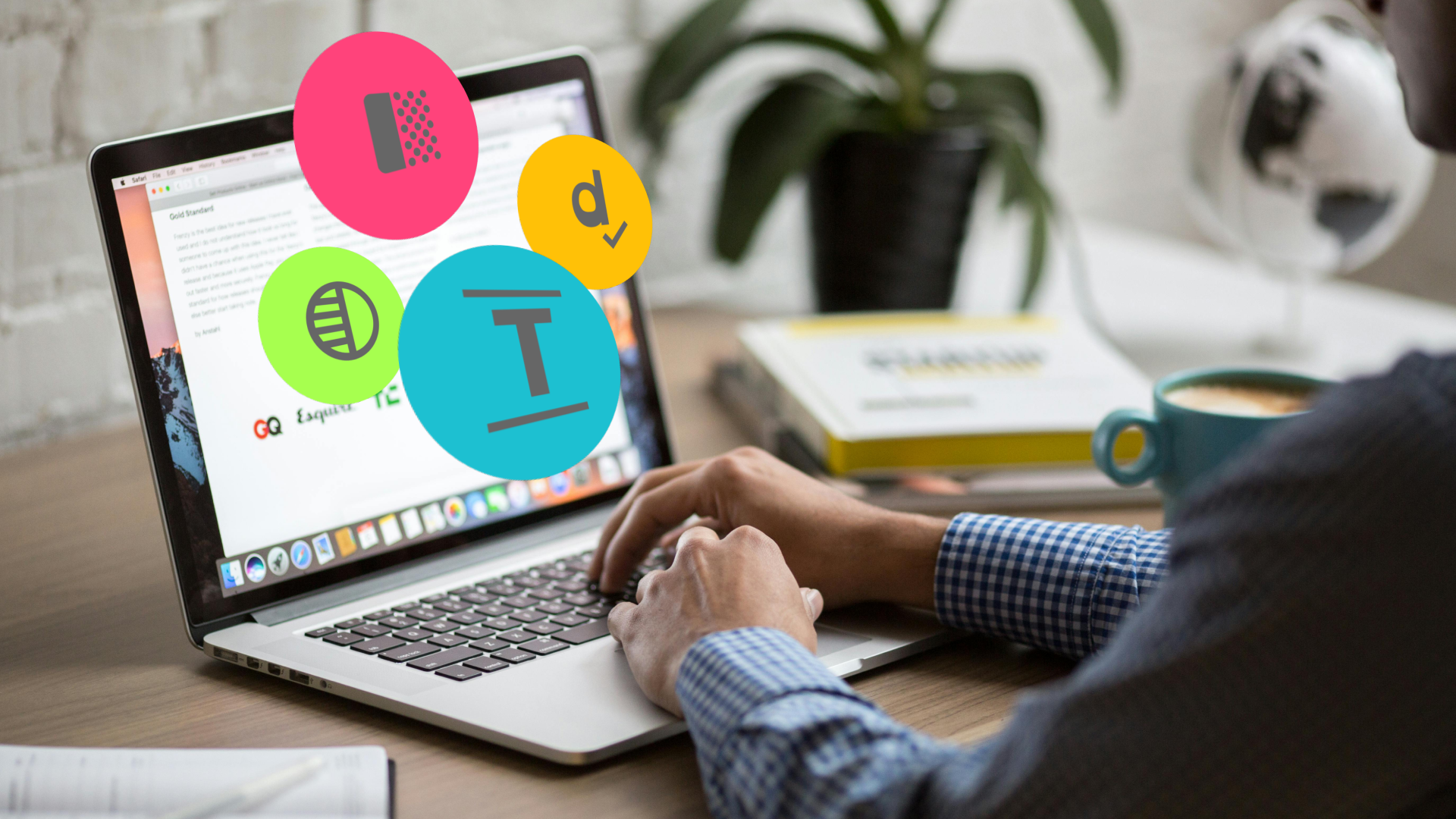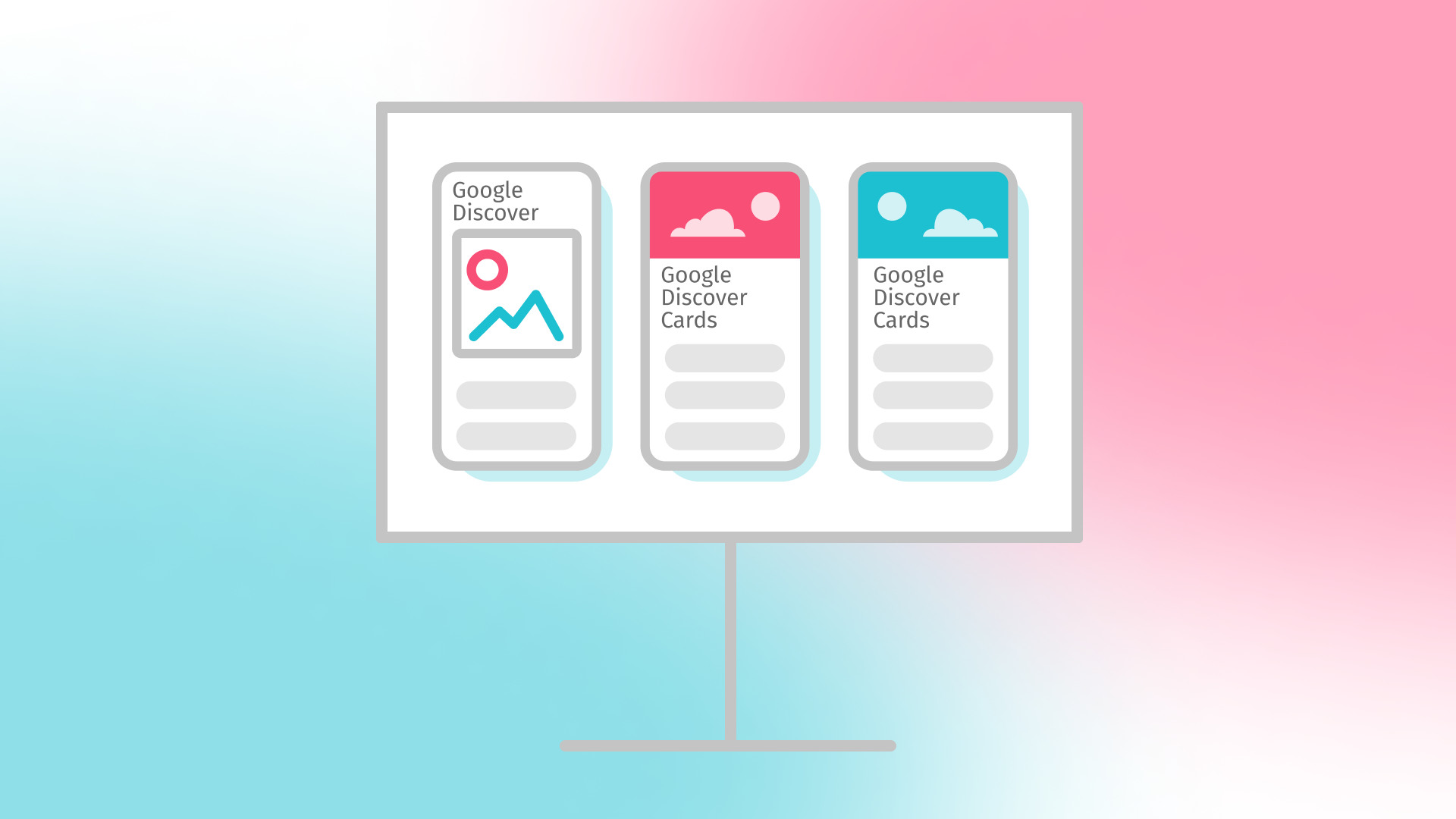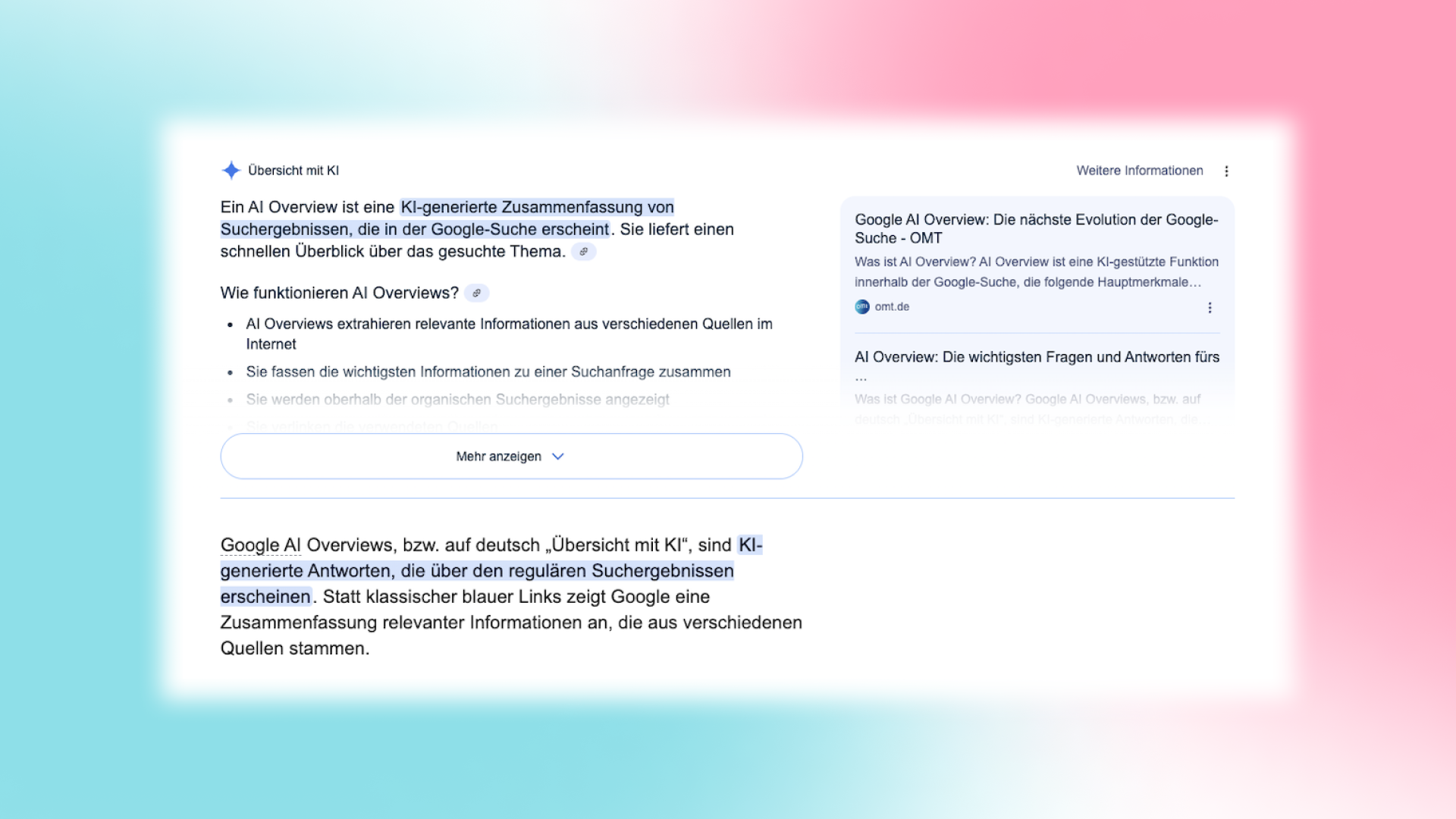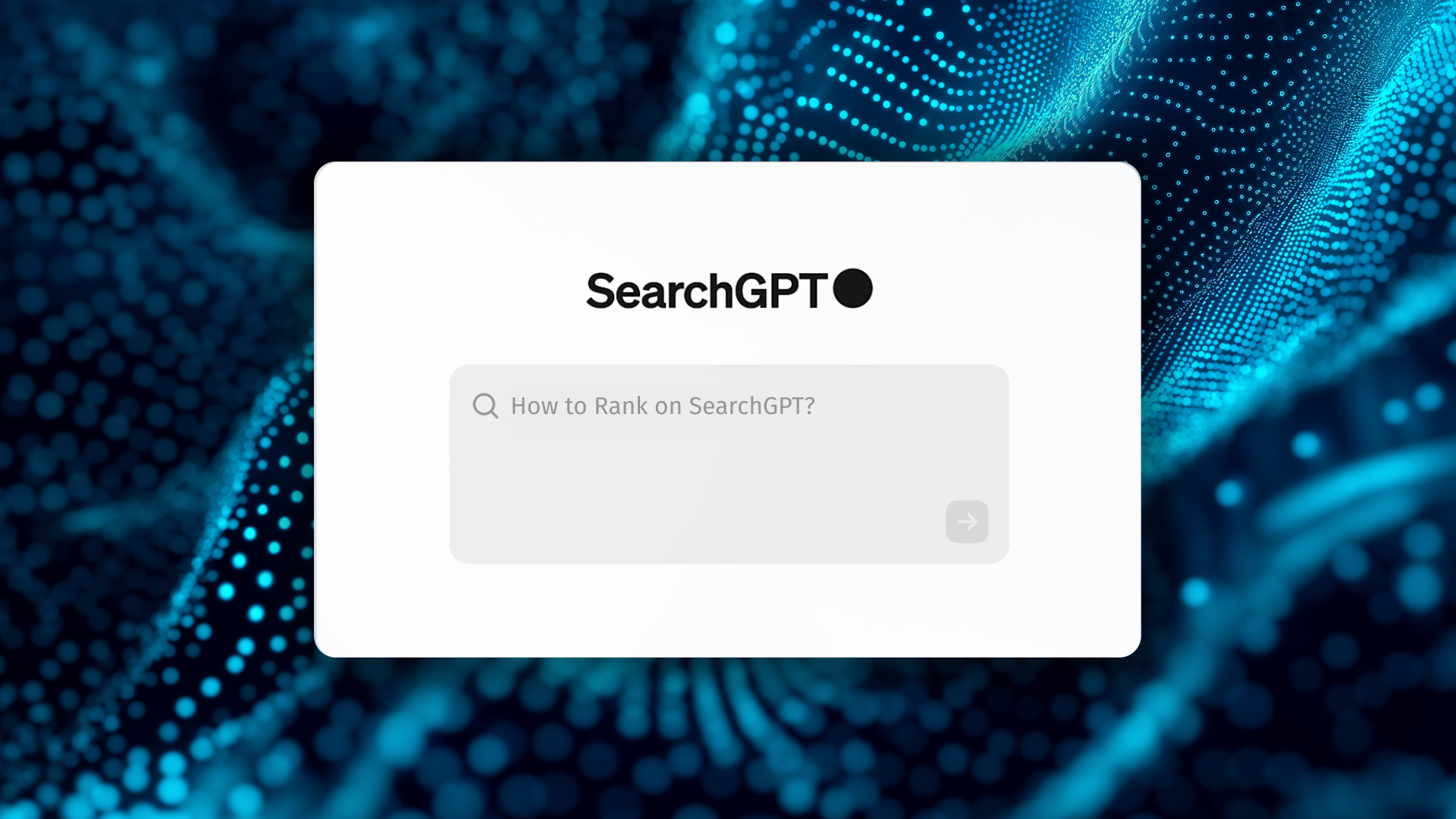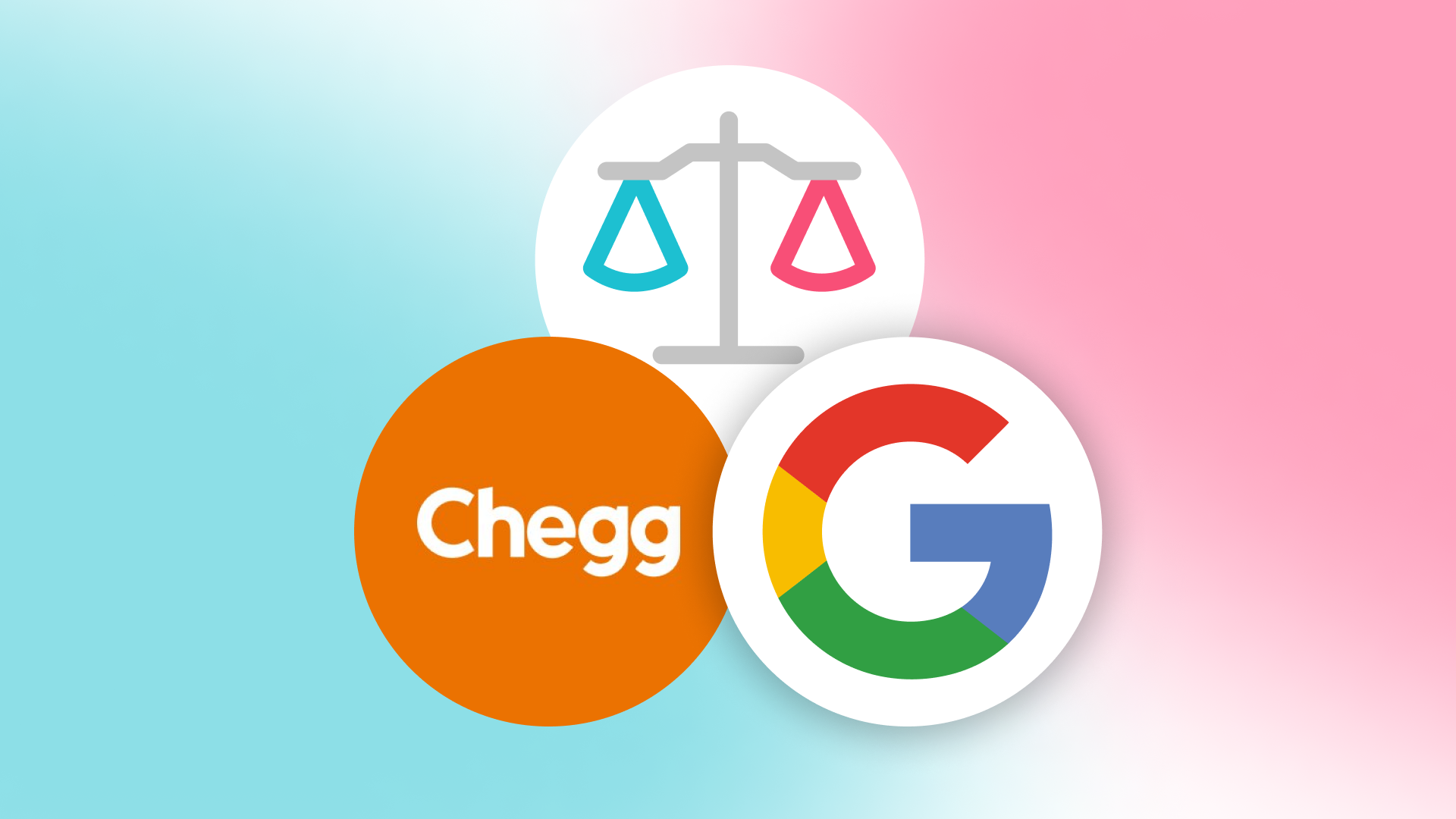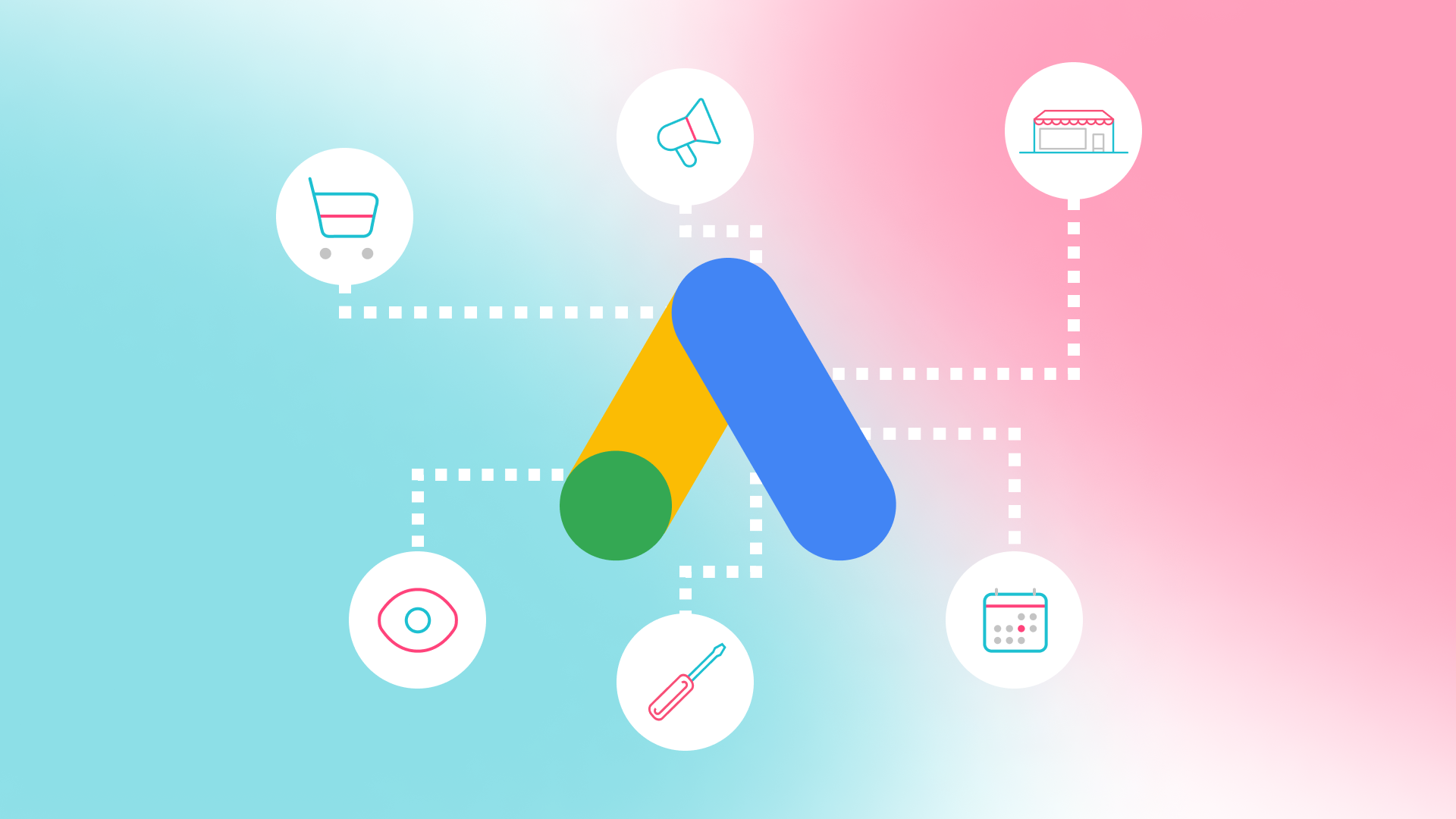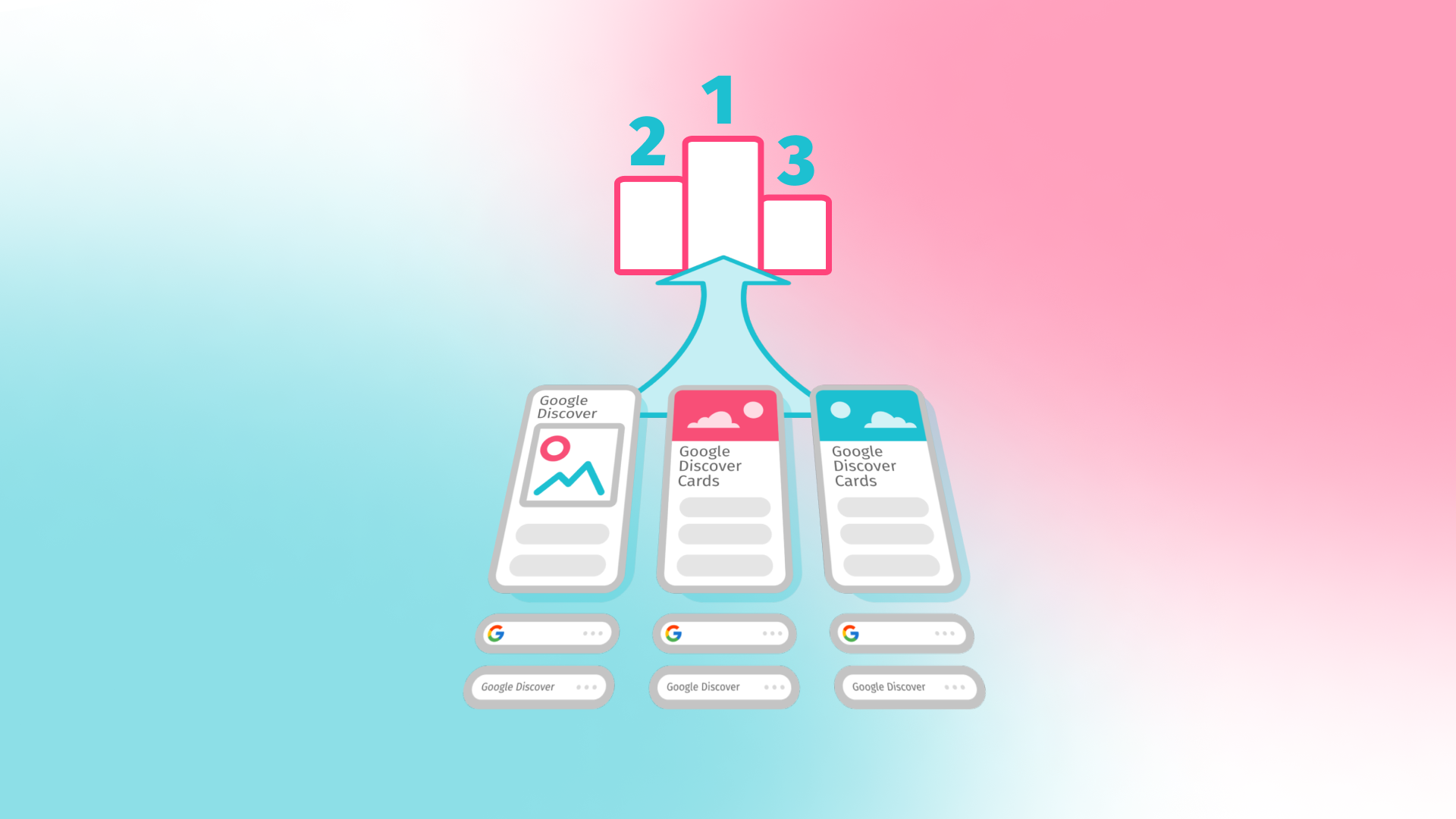In the digital age, access to information and services on the internet is essential. An accessible website ensures that everyone, regardless of their abilities and limitations, can access the content without any problems. This is particularly important for people with visual, auditory, motor and cognitive impairments. But what exactly does it mean to design an accessible website and why is it so important? We'll tell you!
What is an Accessible Website?
An accessible website is designed in such a way that it is accessible and usable for all users - including those with disabilities. The focus here is on avoiding technical barriers and using design principles that make the site easier to navigate and understand. Accessibility encompasses numerous aspects, such as a clear structure, alternative texts for images and the integration of technologies that enable operation via keyboard or screen reader. The aim is to create a website that does not exclude anyone and offers everyone an equal user experience.
Accessibility Becomes Mandatory in 2025
From June 28, 2025, the Accessibility Reinforcement Act (BFSG) will come into force, obliging companies to implement accessibility on their websites. This regulation affects not only public bodies, but also online stores and telecommunications services. The legal requirements must be implemented by then, otherwise penalties may be imposed. Anyone who has not yet acted should therefore take the opportunity now to make their own website accessible in accordance with the new requirements.
Test Your Website for Accessibility: Here's how!
Various tests can be carried out to determine whether your website is accessible. One option is to use automated accessibility checkers that check the site for common barriers. These tools provide detailed reports and suggestions for improvement. However, they cannot detect all barriers, especially those that affect the user experience. It is therefore advisable to carry out additional manual tests in which real users with different restrictions test the website.
Are you unsure whether your website is already accessible? We will check digital accessibility for you free of charge and show you how you can become legally compliant and accessible by June 2025.
How Do I Make My Website Accessible to Everyone?
When designing an accessible website, both technical and design elements must be taken into account. It's not just about avoiding technical barriers, but also about creating a user-friendly environment. Below you will find the most important points to consider:
Clear and structured navigation: Ensure a clear page structure with clear menus and a logical order. Use headings (H1, H2, H3, etc.) correctly to organize the content and make it easy to navigate.
Use of alt tags: All images, videos and other media should be provided with descriptive alternative texts (alt tags). These text descriptions allow users with visual impairments to understand the content when using a screen reader.
Subtitles and transcripts for multimedia content: All videos should be captioned, and where possible, provide transcripts for audio content. This enables hearing-impaired users to understand the content.
Flexible fonts and responsive design: Use scalable fonts that are easy to read on different devices and screen sizes. A responsive design ensures that the website is displayed correctly on all end devices (PCs, tablets, smartphones).
Sufficient color contrasts: Make sure that the text stands out from the background so that it can also be easily read by people with visual impairments or color vision deficiencies. Tools such as the WebAIM Contrast Checker help you to choose the right contrasts.
Keyboard-friendly operation: Your website should be fully operable using the keyboard. Avoid complex navigation methods that only work with the mouse. Make sure that all interactive elements such as forms and links are also accessible without a mouse.
Use understandable language: Write content in clear and simple language to maximize comprehensibility. Avoid complicated technical terms unless they are absolutely necessary.
Error messages and help: Ensure that forms display clear error messages and provide users with assistance when entering information. Users should know what they need to correct in order to submit the form successfully.
Achieving Digital Accessibility with b-free
Digital accessibility doesn't have to be complicated or expensive. Our b-free technology is based on the WCAG, EN 301 549, BITV and BFSG guidelines - and is always up to date thanks to regular updates. This means that companies benefit from a fast, cost-effective and always up-to-date solution that brings accessibility closer in the long term.
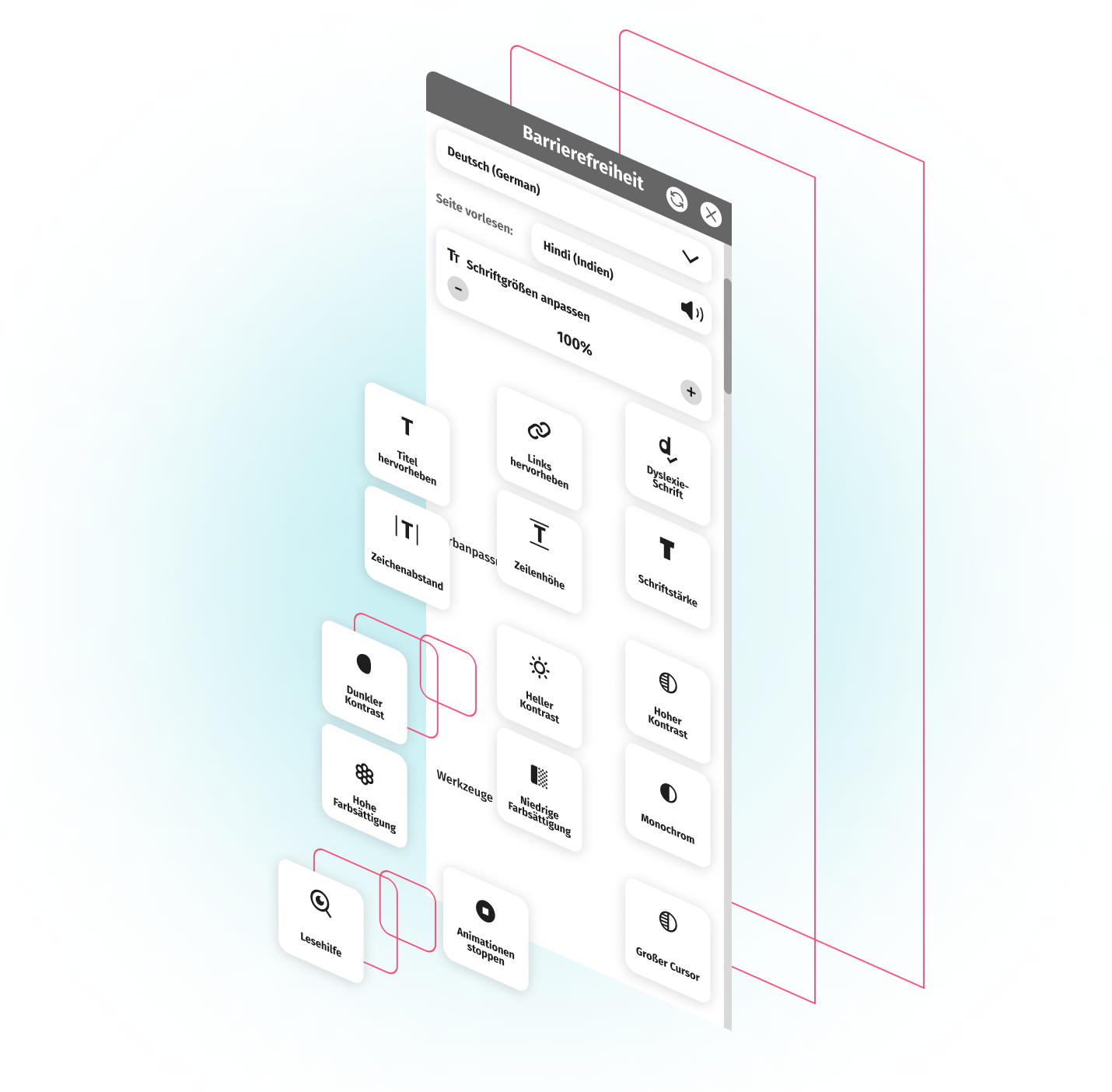
What does an Inclusive Website Cost?
Many providers charge between €2,500 and €10,000 for an accessible website, depending on the scope and requirements. A simple site with basic accessibility features is usually cheaper than a complex one that requires extensive customization. Factors such as the tools required, the complexity of the website and the need for regular maintenance influence the price.
With b-free, the process can be simplified and made more cost-effective. Automation eliminates the need for manual customization and maintenance, which contributes to an excellent price-performance ratio. Nevertheless, it should be noted that some regulations are already met with b-free, but for a fully accessible website, the remaining guidelines must also all be met.
Advantages of an Accessible Website
An accessible design offers numerous advantages - for both users and operators. It enables a broader target group to access the content by involving people with different disabilities and thus promoting inclusion. At the same time, the user experience is improved for all visitors, as the site is generally more intuitive and user-friendly. Implementing accessibility is also beneficial from a legal perspective, as companies can avoid potential penalties for violating the law. In addition, an accessible website can contribute to better search engine optimization, as clear structures and accessible content are also better recorded by search engines.
Have your website checked for accessibility now free of charge and find out how you can become legally compliant. Contact us at info@projx. de!

